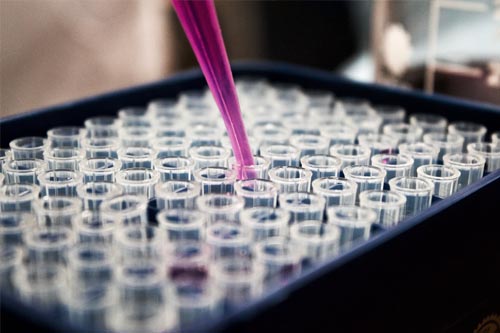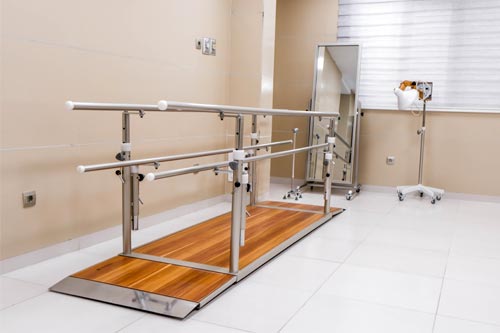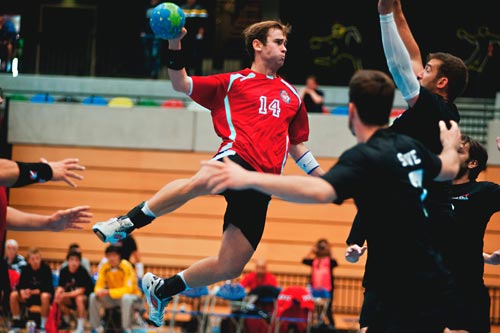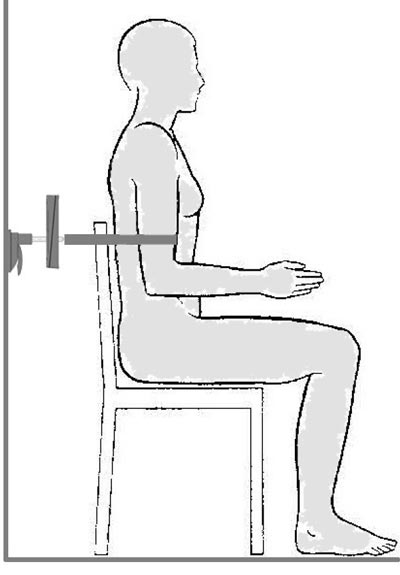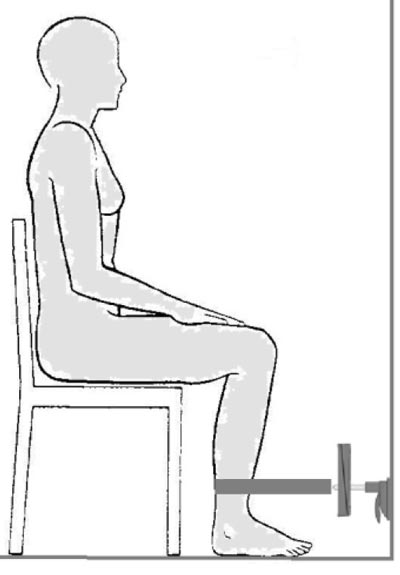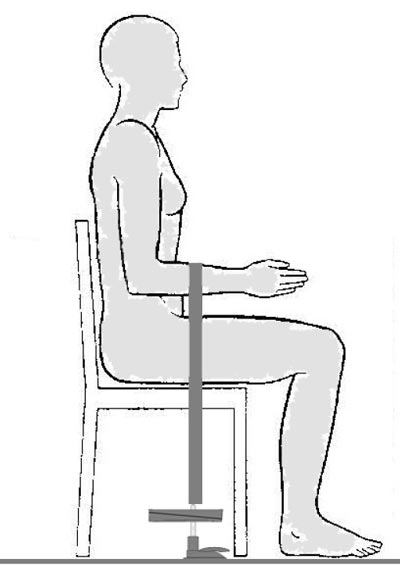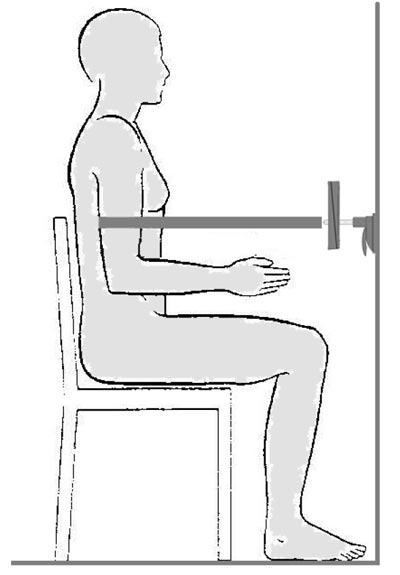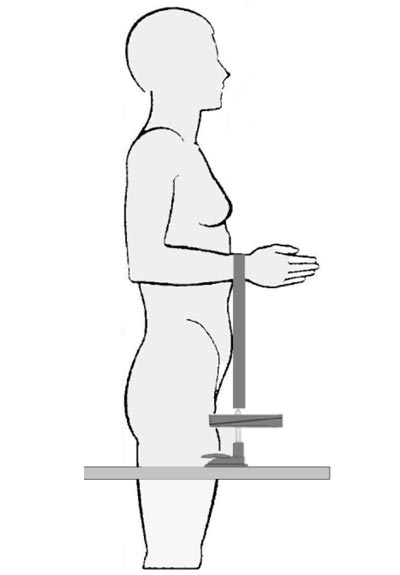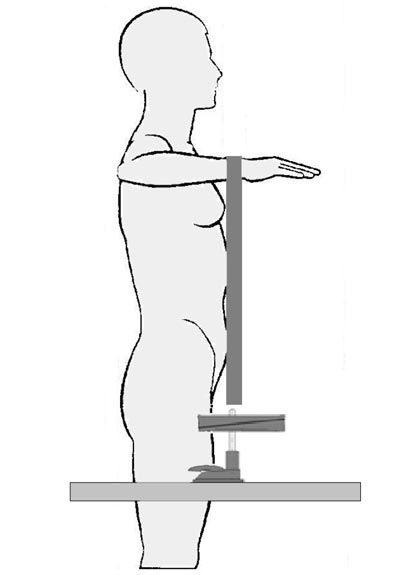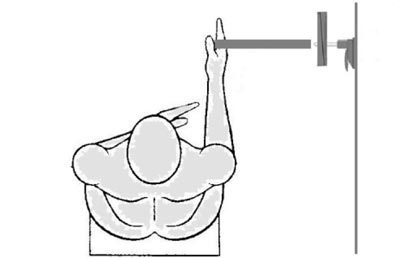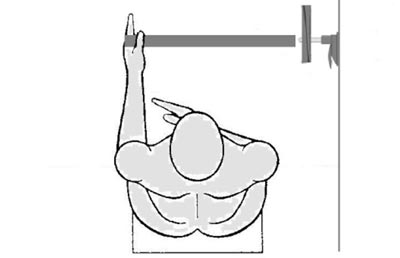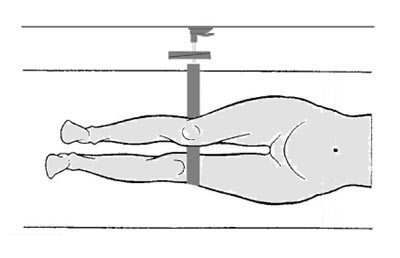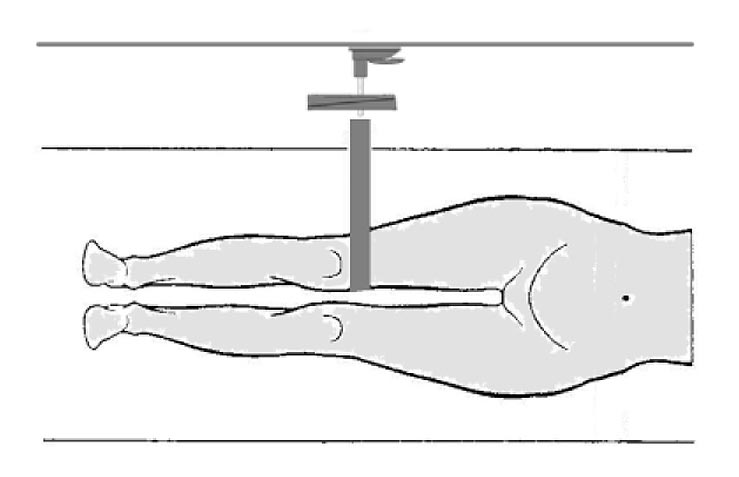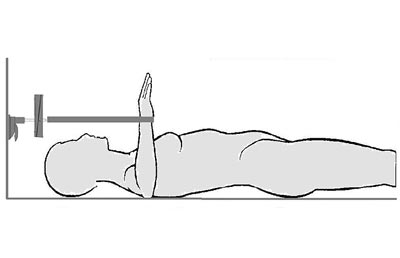Year after year, IsoForceControl is used to carry out important studies in the fields of medicine and research. No fewer than 41 scientific studies known to us have been carried out with it. This includes many dissertations and interesting research projects on shoulder and knee prostheses.
Through the use of our dynamometer, the proverb “To measure is to know!” is given new meaning. It allows orthopaedic surgeons to check how effective new surgical techniques are. The IsoForceControl device stores the measured values specific to individual patients, test subjects and athletes, and logs every change in muscle strength.
The IsoForceControl is also indispensable for research into and treatment of muscular and neuromuscular diseases. The device can be used not only to determine the progression of the disease, but above all to check the effectiveness of forms of therapy. Rehabilitation professionals, such as physiotherapists, also appreciate the ability to accurately measure the effectiveness of treatments and patients’ progress.






